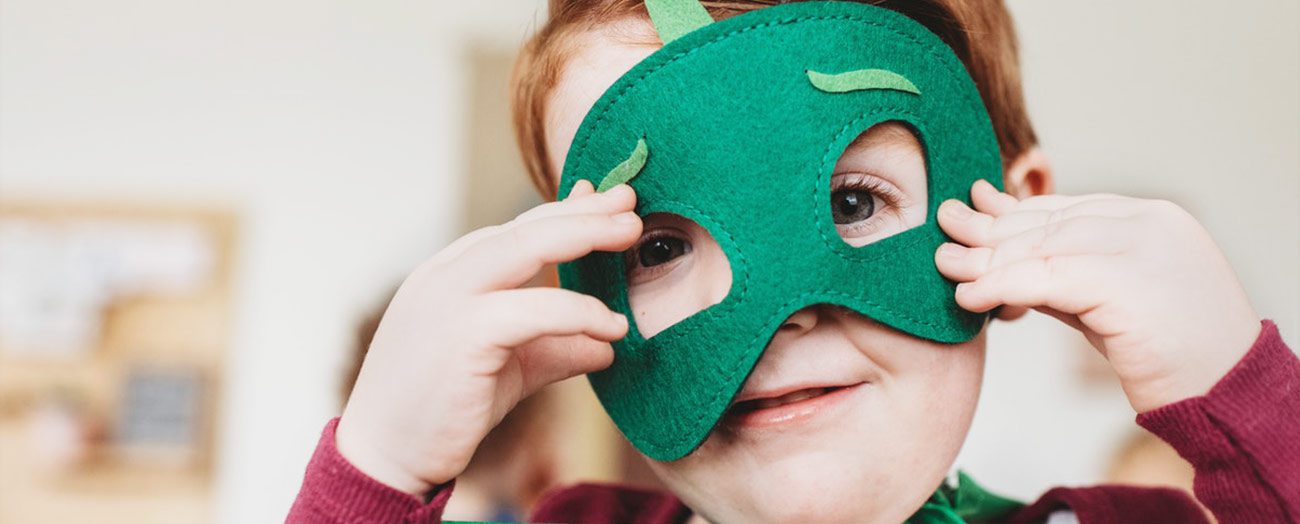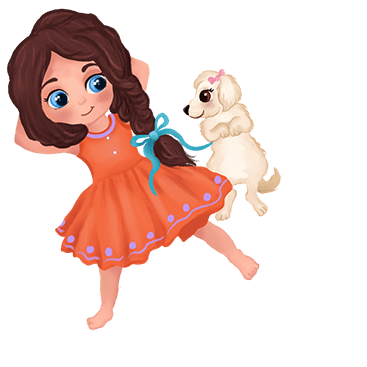Behind the Scenes of Creating a Children’s Book: A Glimpse into the Process
Creating a children’s book is a journey that starts with an idea and ends with a published book in the hands of young readers. It’s a process that requires passion, dedication, and a lot of hard work. In this blog post, I will take you behind the scenes of creating a children’s book, from idea generation to publication, and share with you some of the most important steps in the process.
Step 1: Idea Generation
The first step in creating a children’s book is to come up with an idea. This can be a challenging step, as there are so many different directions you can take your story. Some authors start with a character or a plot idea, while others begin with a theme or a message they want to convey.
For me, the best ideas often come from my own experiences or observations of the world around me. I pay attention to what children are interested in, what they are curious about, and what makes them laugh or think. I also draw inspiration from my own childhood memories and the books that I loved as a child.
Once I have an idea, I start to develop it further by brainstorming, outlining, and writing down notes. I try to flesh out the story as much as possible at this stage, but I also know that the story may evolve as I continue to work on it.
Step 2: Writing the Manuscript
The next step in the process is to write the manuscript. This is where the real work begins. Writing a children’s book is not as easy as it may seem. It’s a balancing act of keeping the language simple enough for young readers to understand, while also creating a compelling and engaging story.
I start by writing a rough draft of the story, focusing on the plot and the characters. Then, I revise and edit the manuscript several times until I am satisfied with the final product. I also seek feedback from others, including parents, teachers, and children, to ensure that the story resonates with its intended audience.
Step 3: Illustrations
Once the manuscript is complete, it’s time to start thinking about illustrations. For children’s books, illustrations are just as important as the text, if not more so. They help bring the story to life and capture the attention of young readers.
I work closely with my illustrator to ensure that the illustrations match the tone and style of the story. We discuss everything from character designs to color palettes to ensure that the illustrations enhance the story and engage young readers.
Step 4: Book Design and Layout
After the illustrations are complete, it’s time to think about book design and layout. This includes everything from the cover design to the placement of the text and illustrations on each page.
I work with a book designer to create a visually appealing layout that enhances the story and engages young readers. We experiment with different fonts, text sizes, and page layouts until we find the perfect combination.
Step 5: Publication
The final step in the process is publication. This is where the book goes from an idea in your head to a physical product that you can hold in your hands. There are many different ways to publish a children’s book, including traditional publishing, self-publishing, and hybrid publishing.
I have chosen to self-publish my books. This gives me complete control over the final product and allows me to bring my stories to life in the way that I envision. I work with a printer to produce the books and then distribute them to bookstores, online retailers, and directly to customers.
Creating a children’s book is a labor of love. It requires patience, persistence, and a willingness to take risks. But it’s also one of the most rewarding experiences. Check out my most recent publication, “Pawprint Academy: Madi’s Everyday Joy” on Amazon.



